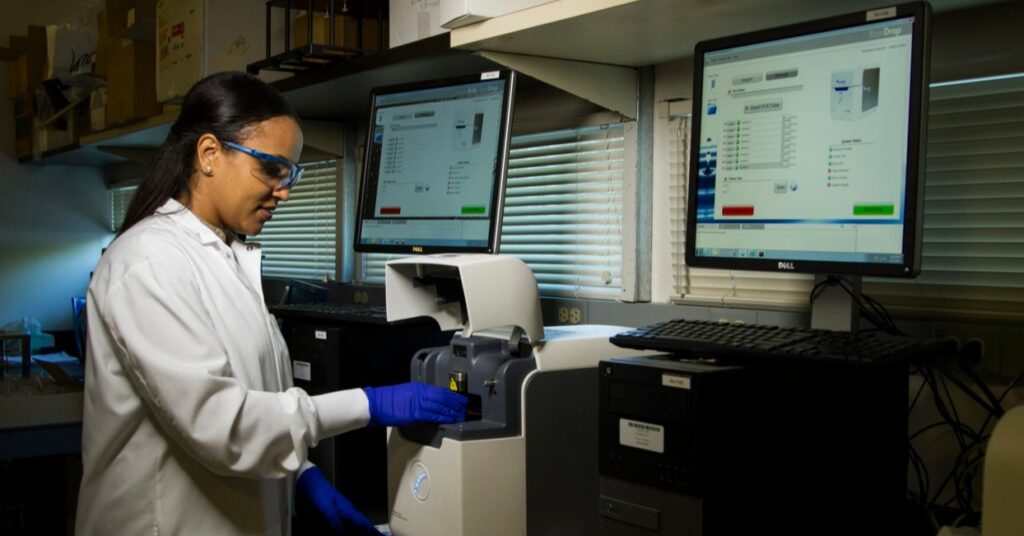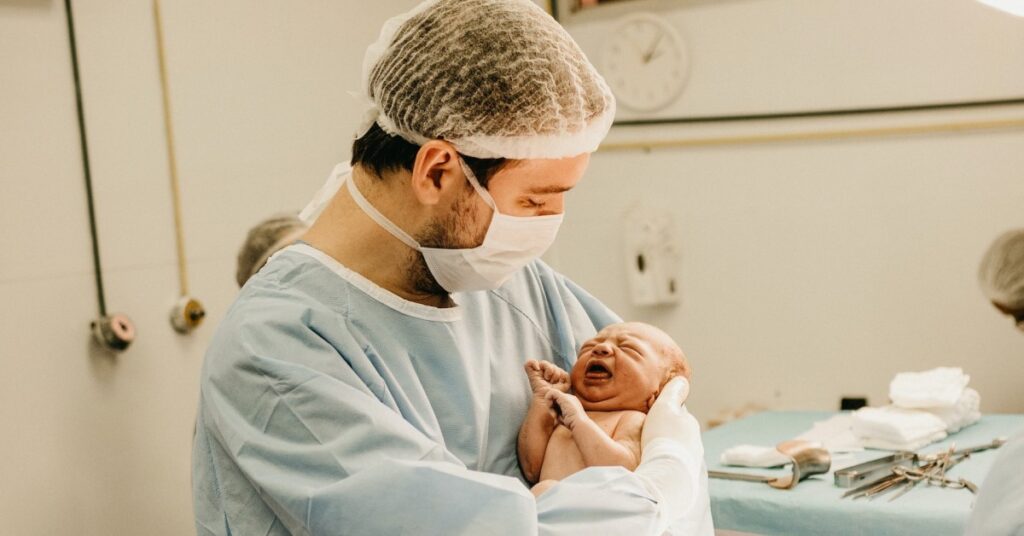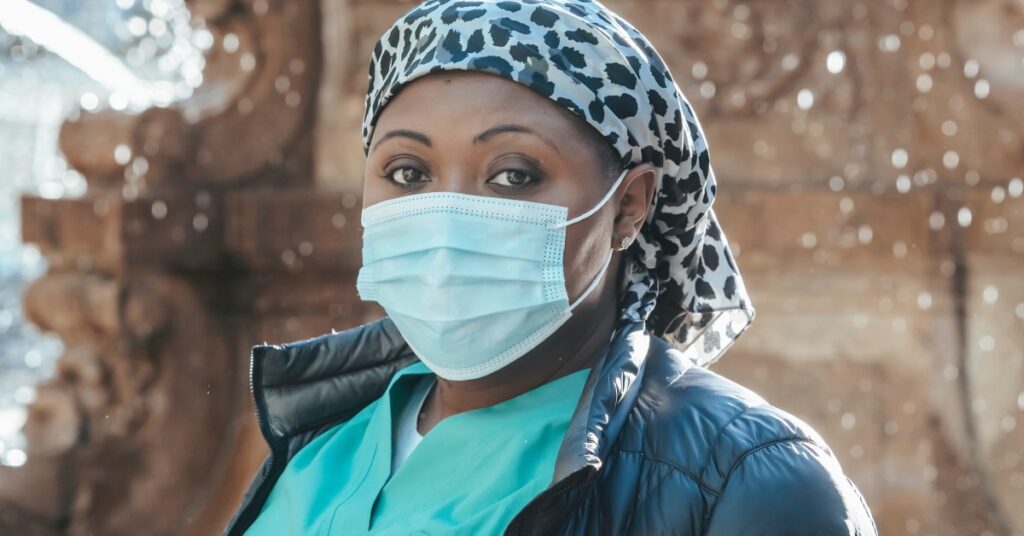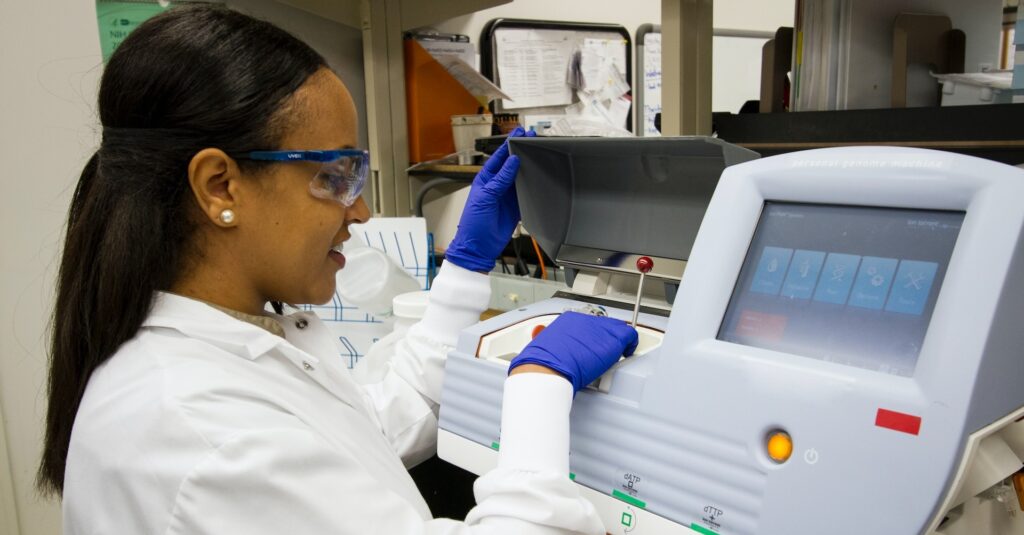
What Is the Epidemiological Triangle?
The epidemiological triad or triangle is an organized methodology used [...]
Radiology nurses (sometimes called medical imaging nurses or radiologic nurses) work with patients who need ultrasounds, magnetic resonance imaging scans (MRIs), X-rays, radiation imaging, or cancer treatments. They prepare patients for procedures, administer sedatives and IV medications, and monitor patients while they’re being scanned. They also sometimes operate high-tech diagnostic medical equipment or evaluate the sickest patients to determine whether they’re strong enough to undergo imaging procedures.
For the right person, radiology nursing can be a gratifying career. Consider the following questions:
If so, radiology may be the field for you.
In this article, we’ll cover:
As a radiology nurse, your focus will always be on patient safety. As patients undergo diagnostic imaging procedures, you will be there to:
You’ll do this by:
Radiology nurses work in:
A nurse’s specific duties vary from facility to facility, but in general, radiology nurses care for patients undergoing:
They also work with cancer patients receiving radiation treatments.
The educational commitment to becoming a radiology nurse begins in a degree program and never really ends since nurses in all specialties have to meet continuing education requirements to maintain nursing certifications. To become a radiology nurse, you must first become a registered nurse (RN), which means earning either an associate’s degree in nursing (ADN) or a bachelor’s degree in nursing (BSN). Most employers in radiology prefer to hire nurses with bachelor’s degrees, so while you can launch a nursing career with an ADN, you should plan to go back to school eventually.
You should always look for fully-accredited undergraduate nursing degree programs, like those at:
There are two main accreditation bodies in nursing education: The Commission on Collegiate Nursing Education and The Accreditation Commission for Education in Nursing. Both maintain lists of accredited programs.
Earning an ADN takes about two years for full-time nursing students while earning a bachelor’s degree in nursing typically takes four years. Accelerated RN-to-BSN programs allow working nurses to earn their bachelor’s degrees in less time, as well as accelerated RN-to-MSN programs that don’t require nurses to hold a BSN to apply. You can find RN-to-MSN programs at:
A master’s degree in nursing may advance your career in the long run, but in the short term, the best degree path for aspiring radiology nurses is probably the BSN. A bachelor’s degree (along with a nursing license) will give you the qualifications necessary to begin working as a nurse.
Radiology nurses are often hired at the RN level. They typically have plenty of career experience in nursing before joining this specialty. It’s not unusual for radiology nurses to begin their careers in:
Most employers require a minimum of two years of clinical experience to become a radiology nurse. You’ll need to accrue a minimum of 2,000 hours of experience in radiology before you can be certified.
The Association for Radiologic and Imaging Nursing (ARIN) offers courses that can fulfill the education requirements—specifically their two-day imaging review course. The Radiologic Nursing Certification Board, which governs certification for radiology nurses, administers the Certified Radiology Nurse (CRN) certification exam (which you can take if your RN license is current and you meet the work requirements). It consists of 175 questions related to:
An MSN can improve your employment opportunities and put you on the path to becoming a nurse practitioner or clinical nurse specialist. From there, you can become an advanced practice registered nurse (APRN) in radiology—a key position in radiology and the one that most often involves working closely with imaging and interventional radiologists. Some MSN programs include opportunities to take additional classes in the radiological sciences and to complete clinical rotations in radiology.
Some nurses who are especially interested in the technical side of medical imaging choose to pursue master’s degrees in radiologic and imaging sciences instead of the more common MSN. If this option intrigues you, consider the following schools:
You should also consider becoming a member of a radiology nursing organization like ARIN for networking opportunities and career support.
Diagnostic radiology includes everything from basic X-rays to MRIs and other scans that require administration of contrast dyes, medications, or sedation. Radiology nurses may be generalists or may choose to steer their career into one of these areas:
Radiology nurses can also specialize in radiation therapy and create and implement treatment plans in oncology under the guidance of an oncology radiologist. Then there’s interventional radiology (IR), which uses radiological technology to perform delicate medical procedures (like biopsies, angioplasty, and stent placement) in a minimally invasive way.
“It is a whole new world of nursing,” Ron Gore, RN, told the website Working Nurse in an interview. “It is much different from working on the floor where you send your patient off to surgery and when they return everything is all better. In IR, the patient comes in with a diagnosis, you see the problem on the monitor, and view the treatment live right before your eyes.”
According to PayScale.com, the average radiology nurse annual income is $68,328. How much you actually make when you become a radiology nurse will depend on your location, whether you work in a large hospital or a small lab, whether you’ve earned your MSN or another master’s degree, and your sub-specialty. According to Indeed.com, the average interventional radiology nurse income in the United States is about $1,470 per week. Radiology nurse practitioners generally make more than radiology RNs because they take on more responsibility.
As the University of California – San Francisco Department of Radiology & Biomedical Imaging explains: “Perhaps the most important trait the radiology nurses bring to the table may be their ability to deliver world-class comfort and safety to patients who undergo diagnostic and therapeutic imaging procedures.” You may never see the patients who relied on the reassurances you gave them during scary or traumatic procedures again, but you can rest assured that you made a genuine difference in their medical experience.
Questions or feedback? Email editor@noodle.com

The epidemiological triad or triangle is an organized methodology used [...]

A family nurse practitioner (FNP) provides comprehensive primary health care [...]

FNPs practice in a broad range of health care settings. [...]

Some epidemiologists assist pharmaceutical companies in developing safer medicines. Some [...]

A Bachelor of Science in Nursing (BSN) is a four-year [...]
Categorized as: Advanced Practice Nursing, Nursing & Healthcare